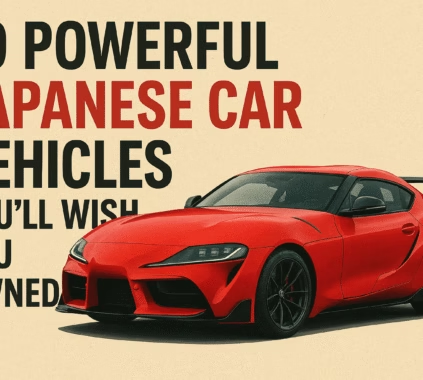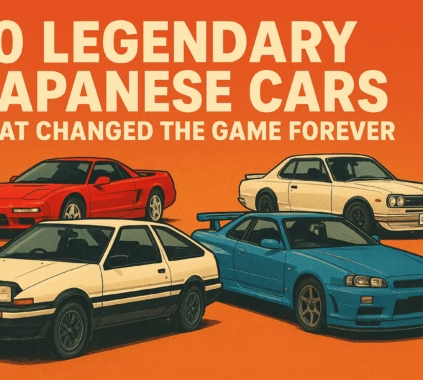Table of Contents
When you think of JDM, what comes to mind? For many, it’s a moment of automotive perfection a culture of engineering precision, unforgettable designs, and a performance ethos that has captured the hearts of enthusiasts for decades.
At the centre of this worldwide phenomenon is one brand that stands taller than most, Toyota. Beyond the appeal of stunning coupes or revving engines, Toyota JDM Cars are a brand with a legacy rooted in reliability, innovation, and a connection to drivers that borders on the mythical.
From the curling mountain paths of Japan to the neon-streaked avenues of Tokyo, and now to every corner of the world, Toyota JDM Cars have carved out a unique spot in automotive history.
They’re not simply transportation tools; they’re cultural symbols, blank slates for tuners, reliable workhorses that don’t give up.
But what makes them legendary? Why are models like Supra, AE86, or MR2 revered and adored? In this article, we will delve into the seven excellent reasons why Toyota JDM cars have gained such an iconic status and why they remain timeless in their own right.
Unparalleled Engineering and Incomparable Reliability
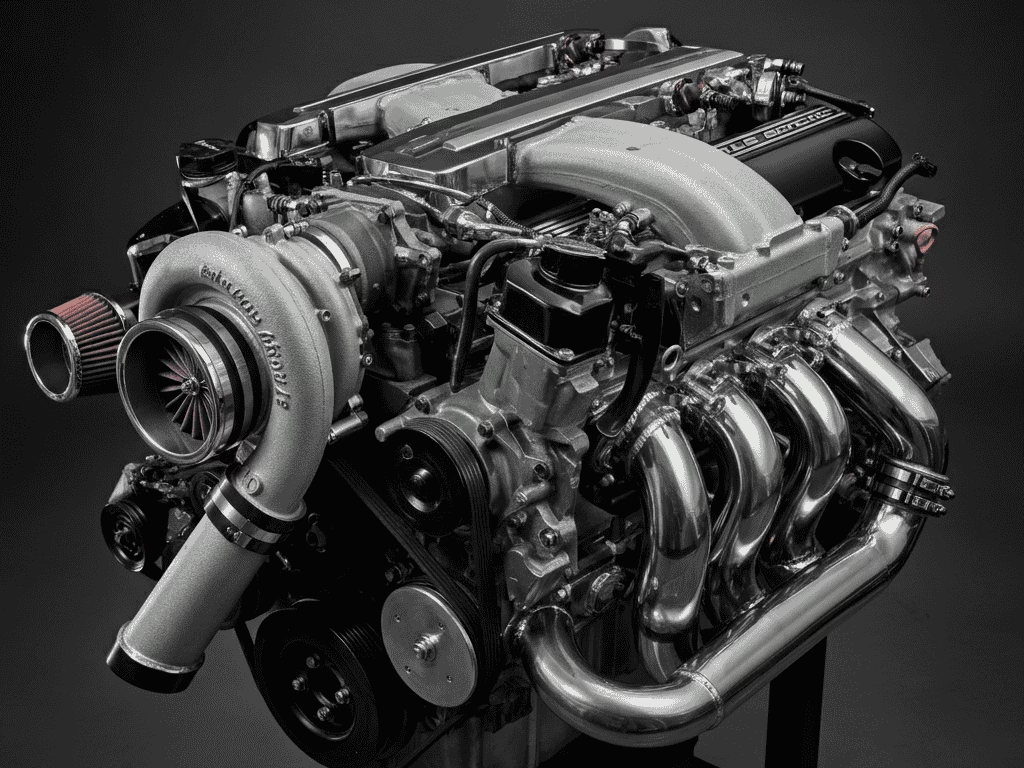
At the heart of the Toyota JDM cars legend is a simple but profound idea – to build it for the long run.
Quality is not a marketing ploy for Toyota; it is an engineering principle that is inherent in the DNA of the corporation.
This philosophy is known as the Toyota Way, which is based on continuous improvement (Kaizen) and uncompromising quality control.
This philosophy has led to some of the most durable and overbuilt engines the automotive world has ever seen.
Consider the epic power stations that have fuelled these iconic machines.
The 2JZ-GTE A legend among all things inline-six, as it was inside the A80 Supra. From the factory, it was a hefty and graceful powerplant.
But its real genius skill is this ability to cope with tremendous power changes.
Due to the cast iron and forged steel crankshaft, as well as the well-designed internals, tuners can push these engines to 700, 800, and into the 1,000s without needing to replace a single component, let alone the power unit.
This bulletproof nature is why the 2JZ continues to be swapped into countless project cars today, testamentary to its incredible design.
The 4A-GE: The crown jewel of the iconic AE86 Corolla, the 4A-GE high-revving 1.6-litre inline-four is a performance masterpiece of its generation.
Developed in tandem with Yamaha, it was lighter, more responsive, and enjoyed being pushed to the limits. Its simplicity and durability made it a popular choice for grassroots racing and drifting enthusiasts.
Over the years, the 4A-GE became a brick wall of reliability for drivers who expected it to put in lap after lap, season after season the Toyota JDM cars land of reachable performance.
Turbocharged 2.0-litre engine: Another engineering marvel, the 3S-GTE, which powers the Celica GT-Four and the SW20 MR2, was another workhorse.
With its excellent balance between power, torque, and reliability, it served as an impressive force for rally and street performance alike.
Because of this philosophy of over-engineering, not only were Toyota JDM cars fast, they were reliable.
Owners could have tremendous performance without the fear of catastrophic engine failure that plagued their European counterparts.
You could take your Supra to the track and push hard all day, then bring it home. This combination of high performance and everyday usability is a big part of their legendary reputation.
When you deal in traditional Toyota JDM cars, what you’re acquiring is not only a part of history, but typically a vehicle with years of enjoyment in front of it, if treated well.
A Golden Age of design and Aesthetics
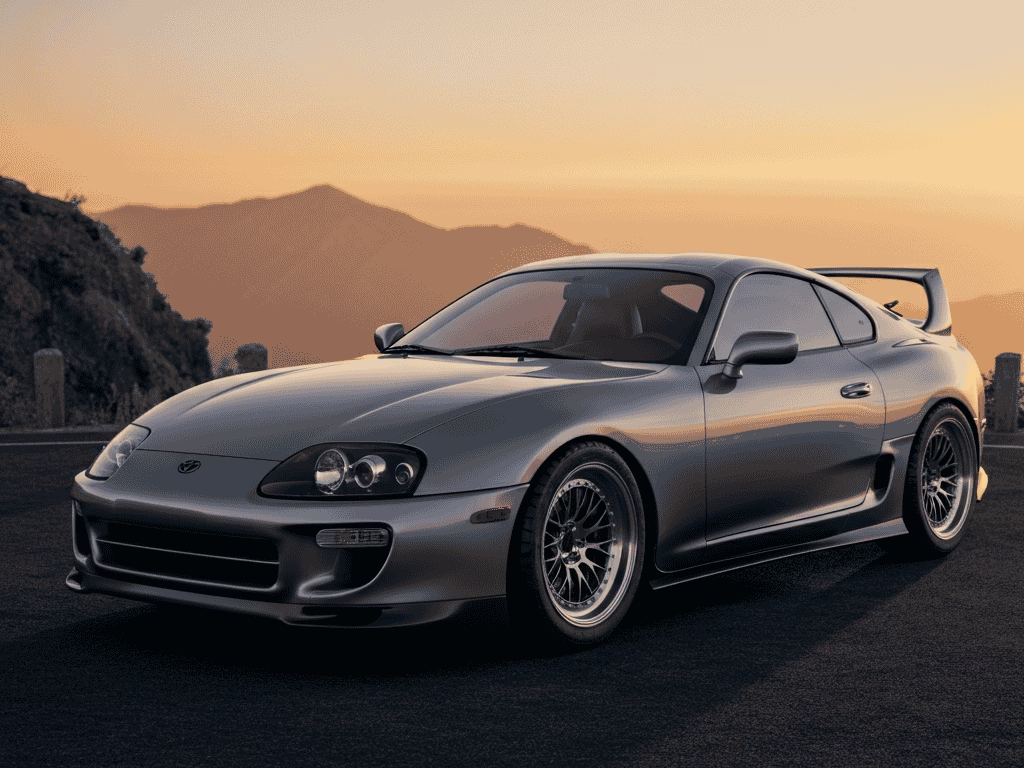
The 1980s and 1990s are often regarded as the golden age of Japanese automotive design, and Toyota JDM cars were at the forefront of this product creation renaissance.
It was during this era that Toyota stepped away from utilitarian, economically based designs and adopted bold, aspirational styles that continue to turn heads even today.
The designs were not only aesthetically pleasing but also functional, aerodynamically efficient, and perfectly encapsulated the era.
The A80 Supra is arguably the epitome of this design philosophy. Its elongated hood, body lines, and iconic “basket handle” spoiler created a timeless and muscular shape. Even when standing still, it appeared to be fast.
It had a beautiful shape, and after many wind-tunnel tests, it was proven to be effective.
There are no sharp, jarring angles on the A80, only an organic, flowing shape that melts from front to rear.
It’s why, decades later, it is still one of the most beautiful sports cars ever made.
Then we have the SW20 MR2, which is referred to as the “baby Ferrari.” Its mid-engine design enabled exotic proportions with a low-slung nose and classic wedge shape.
The pop-up headlights, side air intakes, and sleek profile made it look like a supercar at a fraction of the cost.
It was an automobile that made a statement, proving that exhilarating design didn’t have to come from Italian exotics.
The MR2 proved that Toyota JDM cars could be not only accessible but incredibly desirable as well.
Even the seemingly humble AE86 Corolla was designed in such a way that it was perfect for its purpose. Its simple, lightweight, and boxy design was all about function.
The notchback saloon and liftback models were both well-balanced and offered a high level of visibility, making them the perfect match for the narrow, winding roads on which they made a name. The design said “driver’s car” – no frills, just cold, hard fun. These designs have held up very well, not seeming to have aged to the point of being “dated,” like many cars from that period.
They possess a classic quality that continues to inspire modern car design and captivate a new generation of enthusiasts looking for iconic Toyota JDM cars.
The Ultimate Tuner’s Canvas
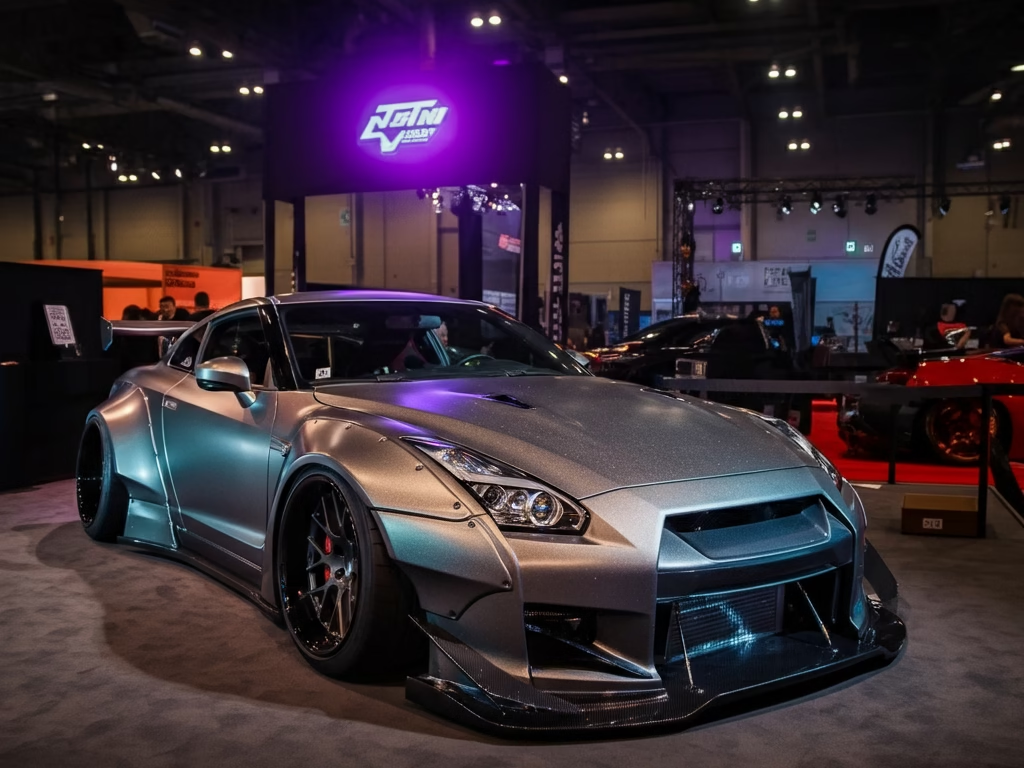
One of the most compelling reasons for the legendary status of Toyota JDM cars is their almost limitless tuning potential.
Toyota didn’t just create great cars; they created awesome platforms.
In many cases, the engineers left so much potential unused, either by the Gentleman’s Agreement (the de facto, unofficial limit on Japanese domestic models was 276 horsepower) or their philosophy of over-engineering.
This provided a playground for the aftermarket and tuning world.
A stock Toyota JDM car is like a blank canvas, and it’s up to the tuner to create a masterpiece.
The powerful engines, high-torque drivetrains, and well-proportioned chassis provide a solid platform to work from for just about any modification you can dream up.
Engine Tuning: As we mentioned with the 2JZ-GTE, the potential for extracting vast amounts of power is a big part of it.
Whether it’s turbo upgrades, fuel system upgrades, or installing a separate ECU, these engines are open to modification.
Many generations have lived in the community, and thus, there are proven recipes for accomplishing specific power goals.
Suspension and Handling: The chassis of cars such as the Supra, Celica GT-Four, and MR2 are well-balanced in their own right.
From basic lowering springs and coilovers for enhanced dynamic performance on the streets to all-out race suspension systems for performance on the track, the aftermarket provides something for everyone.
Style and Body Kits: Toyota JDM cars are often regarded as a cultural symbol for their visual modifications.
Iconic body kits from manufacturers such as TRD (Toyota Racing Development), VeilSide, and many others have been created to enhance the appearance of these vehicles.
From discreet lip kits to widebody conversions, car owners can customise their vehicles to suit their individual style preferences.
This tuner-optimised characteristic formed a vibrant and synergistic global community. From online forums to social media communities and car meets, there are hives of dedicated enthusiasts trading tips, building threads, and offering advice.
This culture of modification maintains the passion for Toyota JDM cars, constantly evolving. This means that you won’t have to have two cars that are exactly alike.
Everything from a stripped-out track weapon to a show-stopping stance car or a drag racer, they mean business, can be built from the same base model.
This versatility is an integral part of their legendary appeal, with the cars having the ability to evolve and adapt to their driver’s individual preferences and aspirations.
The world of Toyota JDM cars is a world of infinite potential.
Pop Culture Immortality
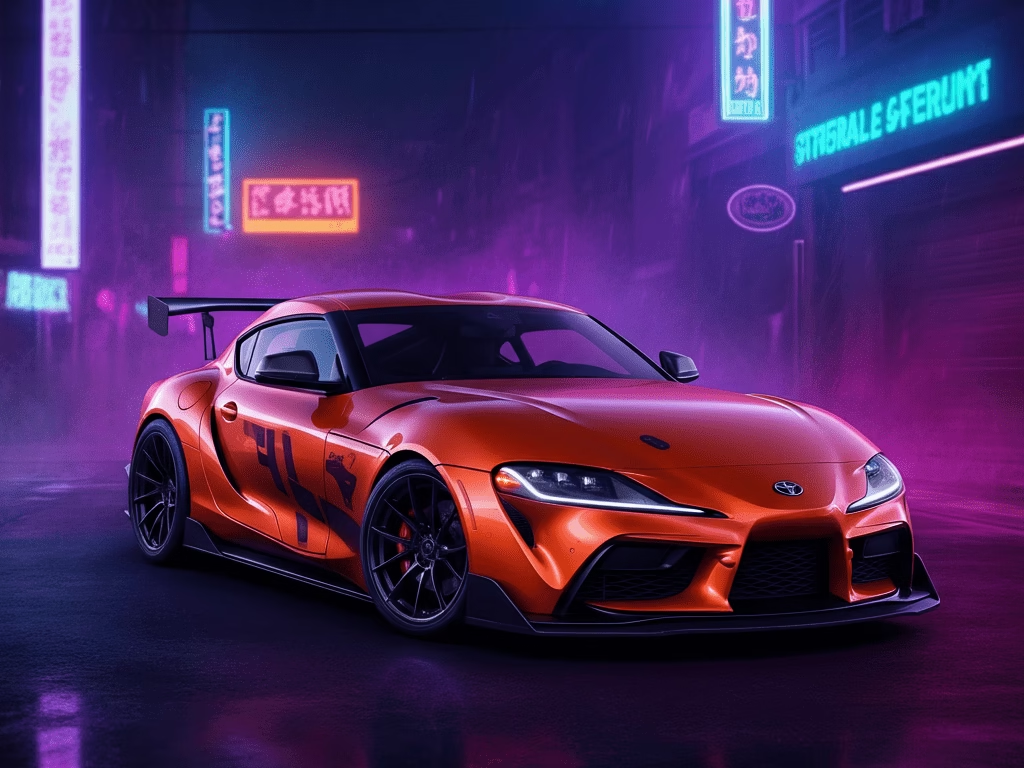
A car may be designed beautifully and very well engineered, but to become a legend, it must capture the imagination of the market. Toyota JDM cars achieved this through their unforgettable appearances in movies, television shows, and video games, cementing their status as cultural icons for generations of fans.
You can’t talk about Toyota JDM cars in pop culture without mentioning the orange A80 Supra from the 2001 film The Fast and the Furious.
Similar to Goldfinger and the DB5 for Aston Martin, the Supra benefited somewhat from this car.
It brought the world of Japanese tuning culture to the mainstream global audience and immediately turned the Supra into one of the most desirable cars on the planet.
The movie highlighted the car’s stunning appearance and enormous performance capabilities, making it a legend that continues to this day.
The Japanese Toyota JDM models have become increasingly sought after and are considered an essential component for A80 Supras of a new generation.
Long before the Supra became the main attraction on the big screen, the plump AE86 Corolla was already a star in the manga and anime world.
The series Initial D followed the exploits of Takumi Fujiwara, a tofu delivery boy who practised his driving skills on Japan’s mountain passes in his father’s AE86 Sprinter Trueno.
The series provided a beautiful demonstration of the art of drifting and showed off the car’s agility and ability to kill giants.
For single-handedly making AE86 a cult and tying it to the birth of drifting, Initial D has a lot to answer for. It turned an ordinary, rear-wheel-drive Corolla into an emblem of unalloyed driving excellence.
Video games were also hugely important. PlayStation’s Gran Turismo series introduced millions of players to the vast Toyota JDM car collection.
From the Celica GT-Four to the Chaser Tourer V, everything could be virtually purchased, tuned, and raced.
Many had never seen the depth and breadth of the JDM market before. It allowed them to experience these cars in ways they couldn’t in the real world, and develop a deep understanding and appreciation that often translated into a lifelong passion.
These pop culture sightings weren’t mere fleeting moments; they were emotional moments, turning these cars into heroes of a story that fans aspired to be a part of.
A Heritage that is Forged in Motorsport
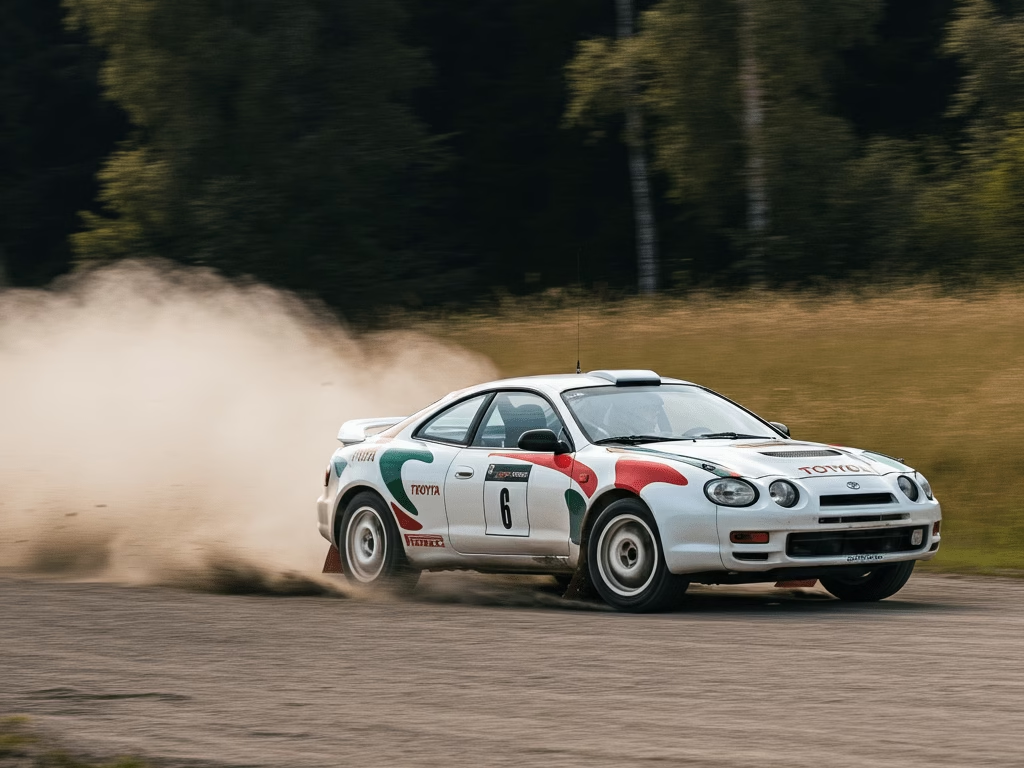
Toyota’s performance philosophy wasn’t only for the street, but was proven repeatedly on the most challenging motorsport stages.
This racing heritage refracts a sense of authenticity and trustworthiness to the Toyota JDM cars legend.
When you own a vehicle with a direct connection to a championship-winning machine, you possess a part of that winning spirit.
A perfect example of this is Toyota’s stranglehold on the World Rally Championship (WRC) in the 1990s. The Celica GT-Four ST165, ST185, and ST205 versions were rallying monsters.
With its sophisticated all-wheel-drive system and high-power 3S-GTE engine, it navigated gravel, tarmac, and snow with ease.
The Celica was driven successfully by pilots such as Carlos Sainz, Juha Kankkunen, and Didier Auriol to many victories and multiple world championships.
This was not only a win for the race team but also an effective marketing tool.
The road-going Celica GT-Four was a homologation special, a car available to the public, but built to comply with homologation requirements for the racing series. The fact that the vehicle had rally champion DNA was a potent motivator for every owner.
The A80 Supra achieved its place in endurance racing in the All-Japan Grand Touring Car Championship (JGTC), now known as Super GT.
In its distinctive green and red livery, the Castrol TOM’S Supra became one of the most renowned racers of the era.
Fighting fiercely against competitors such as the Nissan Skyline GT-R and Honda NSX, it took home the JGTC championship and earned the affection of fans.
The fact that the Supra, a car people could actually buy, was competing and winning on that level served to cement its reputation as a world-class performance machine.
Even the SW20 MR2 saw its day in the spotlight of motorsport, racing in JGTC and other racing series.
Its mid-engine layout and lightweight chassis made it an ideal car for circuit racing. Performance Toyota JDM cars have a motorsport legacy that proves they were built for performance, not just style.
The lessons learned in the hot seat of engine durability, chassis dynamics, and aerodynamics filtered through to the production cars.
This racing DNA is in their blood and a primary reason why they are so well-regarded in the automotive world.
Special and Exclusive Bubble Era Setting
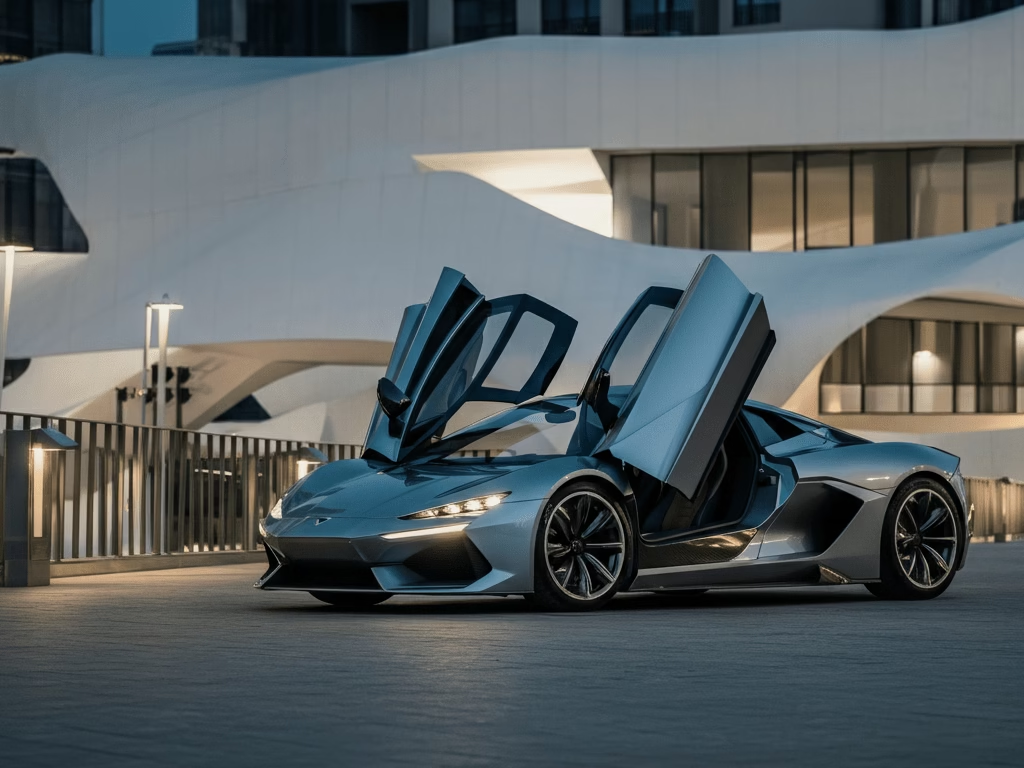
To fully understand the legend of Toyota JDM cars, it is necessary to examine the unique economic and cultural environment in which many of them were created: Japan’s “Bubble Era.” From the middle of the 1980s to the early 1990s, Japan enjoyed an economic boom unlike any other.
The stock market and real estate values skyrocketed, and there was a general sense of optimism and prosperity.
This economic environment greatly affected the Japanese automobile industry. In the presence of seemingly endless budgets for research and development, automobile manufacturers were locked in a technological arms race.
This industry was not merely about creating economy cars for profit; they were racing, making the best, most advanced, and most exciting vehicles in the world, and they didn’t much care if it broke the bank to do it.
This is the era that gave us some of the most iconic Toyota JDM cars.
During this period, Toyota gave the green light to ambitious projects that may seem impossible today.
The A80 Supra: Building this car was an epic endeavor, devoted to producing a world-beating grand tourer utilizing state-of-the-art technology, such as a sequential twin-turbo drivetrain.
The SW20 MR2: the niche product, a mass-produced, affordable mid-engine sports car. In the Bubble Era, it was a project that Toyota was prepared to throw all sorts of cash at to generate a really special driving machine.
The Celica GT-Four: The development of a complex, turbocharged, all-wheel-drive system for a rally homologation special was an expensive undertaking, but one which Toyota relished in its quest for motorsport glory.
The Toyota Sera: This Butterfly Doorio with its butterfly doors is a perfect example of Bubble Era excess. It was a daring and visionary design experiment, and implausible in less economically robust times.
The industry changed at the end of the Bubble Era in the early 1990s. Budgets were squeezed and emphasis shifted back toward more utilitarian, economy-sized vehicles. This makes the cars born in that era seem even more special.
They are a special time capsule of when Japanese manufacturers such as Toyota were at the height of their creative and engineering prowess, crafting their “dream cars.”
This gives Toyota JDM cars from this era an air of mystique and nostalgia, making them genuine markers of a bygone golden age.
An Assortment of Options for All Enthusiasts
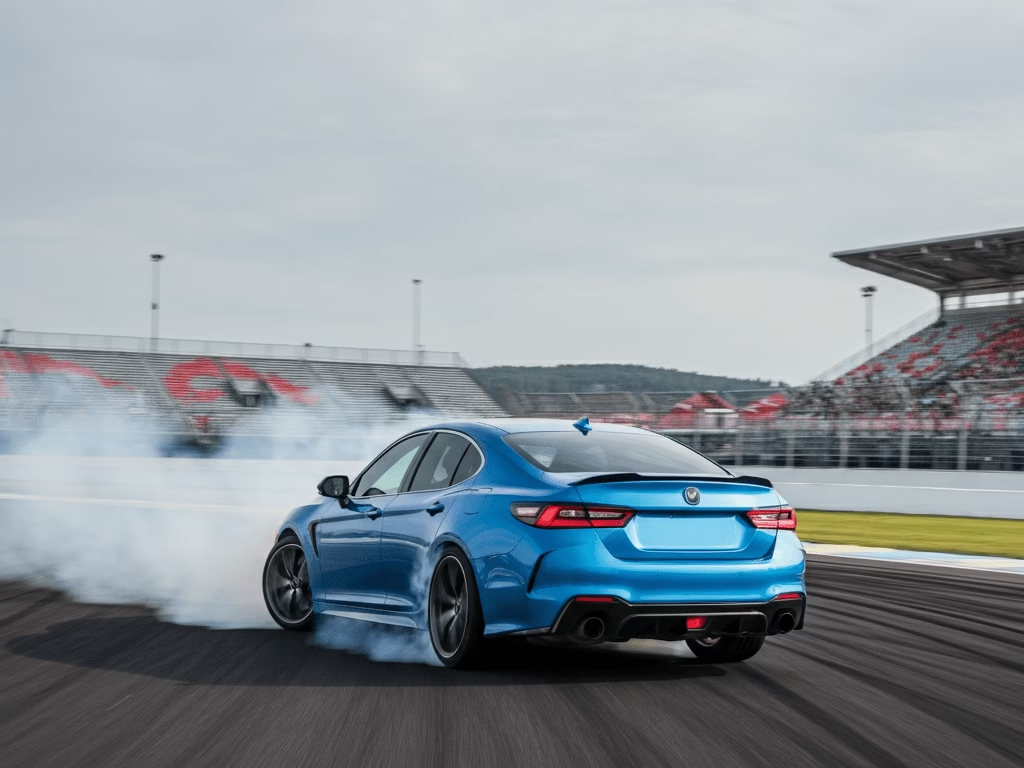
While the Supra and other halo cars get the headlines, one of the hidden secrets to Toyota JDM’s continued popularity is the enormous variety of performance offerings the brand has to offer.
Toyota realised not all enthusiasts desire or can afford a high-performance sports car. They had a wide variety of exciting and interesting cars to choose from, and there was a Tokyo JDM car for just about every taste and budget.
This accessibility offered a much more open and inclusive community.
Besides the famous models, there was a treasure trove of cult favorite cars in Toyota’s JDM catalogue:
Toyota: The Toyota Chaser/Mark II/Cresta were the most luxurious sedans, especially in “Tourer V” trim, and were the ultimate sleepers.
They were equipped with the legendary 1JZ-GTE engine, which was a 2.5-litre twin-turbo inline-six closely related to the Supra’s 2JZ. With rear drive and comfortable seating, and almost 280 horsepower, they were four-door Supras in disguise.
They became a massive hit with the drift scene for their performance, durability, and the fact that they could balance everyday usability with the stimulating performance of a crazy car.
Toyota Starlet Glanza V: This spunky little hatchback was true to its name, a “pocket rocket.” It was a tiny car powered by a turbocharged 1.3-litre engine.
The resulting power-to-weight ratio made it extremely fast and agile, a giant-killer on city streets and twisty back roads.
It represented the fun and accessible side of Toyota JDM cars.
The Toyota Soarer, specifically the Z30 Soarer, the JDM equivalent of the Lexus SC300/SC400, was a luxurious and elegant coupe.
It could be ordered with the mighty 1JZ-GTE or the silky 1UZ-FE V8.
Compact and powerful, with superior technology (including its digital dashboard) and incredible comfort, it was a fantastic grand tourer.
This diversity meant that the world of Toyota JDM cars was not an exclusive club. Whether you were an aspiring youngster seeking a budget-friendly and economical hatchback, a family-oriented individual in need of a versatile yet robust sedan, or an enthusiast eager for a dedicated sports machine, Toyota had something to suit you.
This variety of models generated a devoted and loyal following. It opened the door to different customers at varying price points and for various applications, creating a lifelong fan of Toyota JDM automobiles.
This range is part of the legend and means that the allure of these vehicles goes well beyond just a single or two notable nameplates.
Conclusion: The Legacy of Toyota JDM Vehicles
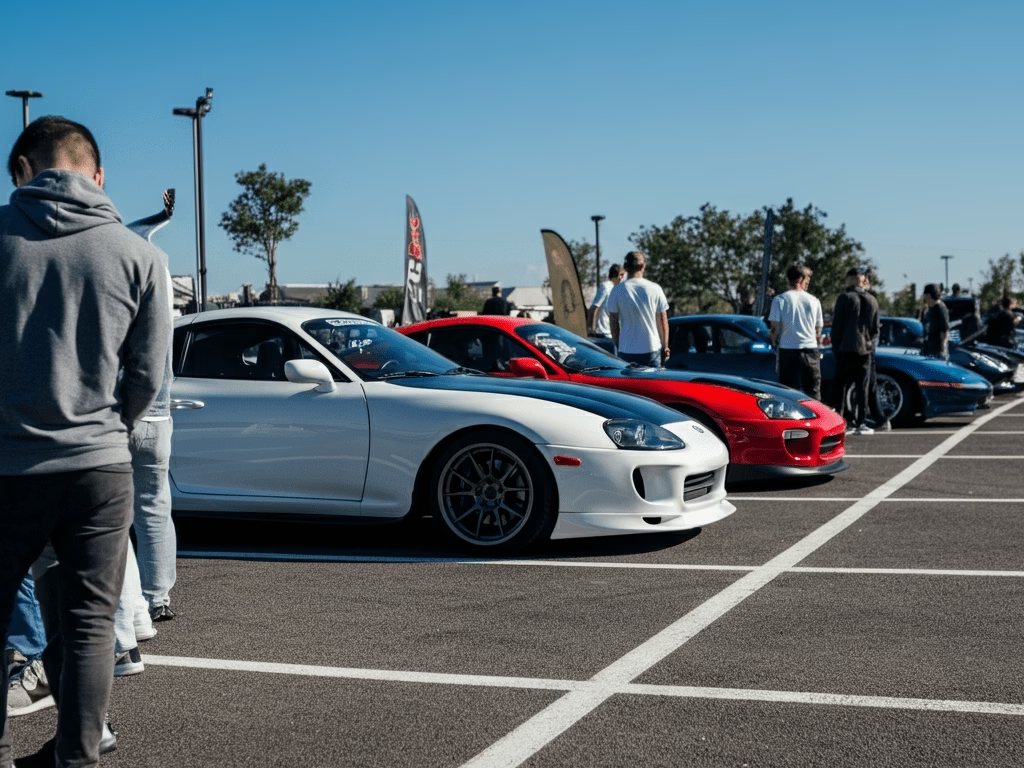
Toyota JDM cars legend isn’t built on a single pillar, but a powerful combination that has withstood the test of time.
It starts from bulletproof engineering and an approach to reliability that gave drivers the confidence to wring every last drop of performance out of their cars.
This was cloaked in the exquisite and timeless designs of an age of beauty, producing vehicles that were as much art as they were machine.
This amazing base became the ultimate canvas for the worldwide tuning culture, giving each owner the freedom to create their very own unique expression of passion.
Pop Culture Icons: These cars have been immortalized in pop culture, becoming heroes and leaving an eternal mark on the hearts of generations of fans.
True to their origins in the heat of motorsport, their performance credentials have been tested and validated on the international stage.
They are relics of the Bubble Era, a period of unlimited aspirations and innovation that might never come again.
Finally, the diversity in the lineup meant that the joy of owning a Toyota JDM cars was accessible to everyone, uniting a broad and passionate community that continues to flourish today.
From the awe-inspiring Supra to the humble Starlet, these cars embody more than mere transportation; they’re vessels of passion and a symbol of Indian wrestling culture.
They are emblems of performance, innovation, and an enduring love of going fast. That is why they are and will always be legendary.
Frequently Asked Questions about Toyota JDM Cars
What does JDM mean?
JDM means Japanese Domestic Market – cars are produced for a Japanese market. Toyota JDM cars are sought after for unique engines, features, and top-notch reliability.
What’s the most popular Toyota JDM engine?
The 2JZ-GTE from the A80 Supra is a legend, tough, fast, and can take tons of power for tuning.
Why is the Toyota Supra A80 an Icon?
It has a unique appearance (the fabled 2JZ-GTE engine) and had a starring role in The Fast and the Furious.
What is so special about the AE86 Corolla?
The AE86 is famous as the car used in Initial D and drifting circles. It’s light, nimble and pure driving fun.
Are JDM Toyota sports cars expensive?
No! However, although some cars are very expensive (like the Supra), Toyota also made many fun and low-cost JDM models like the Starlet Glanza V and the Celica.
What does a ‘Sleeper’ Toyota JDM look like?
Sleeper is a regular looking card but secretly fast. A good example is the Chaser Tourer V with turbo engine.
What was Japan’s Bubble Era and how did it affect them?
In the 1980s and ’90s, with Japan’s economic boom, Toyota constructed daring and ingenious sports cars such as the Supra, MR2, and Sera.
Can you daily drive a Toyota JDM car?
Definitely! Many Toyota JDM cars are reliable enough for everyday use while still being fun to drive.



